Louisiana’s Fort Polk was at the center of preparations by the U.S. Army to modernize its fighting forces and strategies for the battlefields of World War Two. A half million troops converged on the forests of central Louisiana in 1940-1941 for the Louisiana Maneuvers.
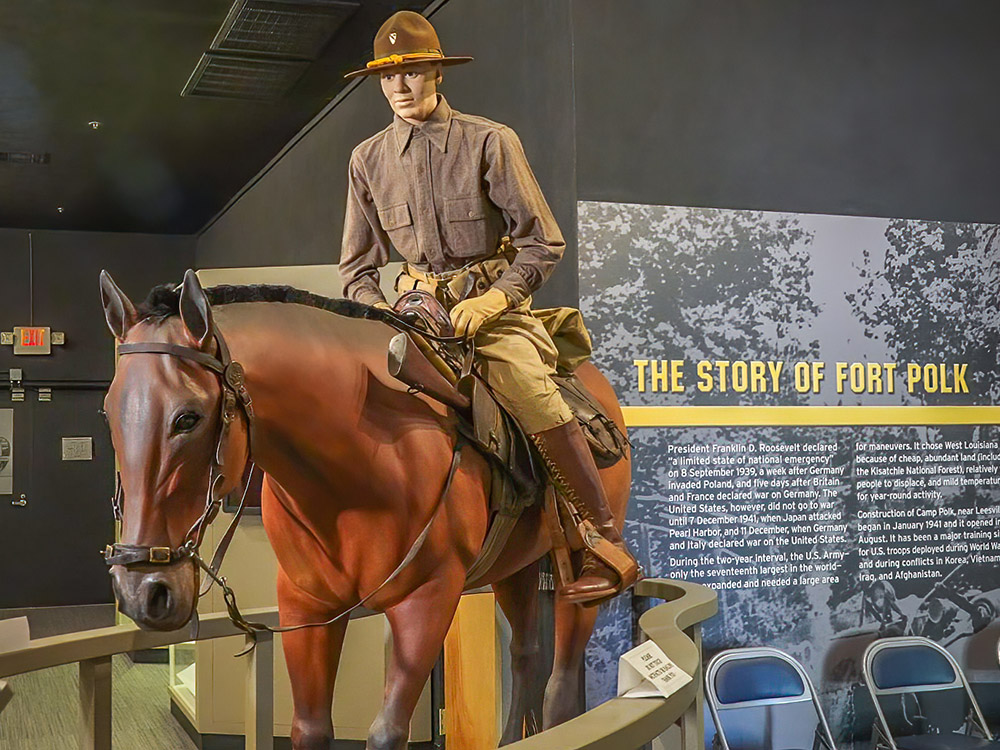
A life-sized soldier on horseback greets visitors as they enter the military museum at Fort Polk, Louisiana. The museum traces the history of this major U. S. Army training center from its early days in the Louisiana Maneuvers at the start of World War Two. The Army used the Maneuvers to update its fighting force and develop doctrine and battlefield strategies for the war in Europe. The Maneuvers allowed the Army to replace horse-mounted cavalry and horse-drawn artillery carriages with a mechanized infantry. The Louisiana war games were the largest-ever training exercise by the U.S. military.
HISTORIC FILM FROM LOUISIANA MANEUVERS
The Fort Polk Museum has displays that show weapons used by the U.S. infantry during World War Two. The exhibit also includes weapons used by German troops. The weapons range from handguns to rifles and high-velocity machine guns.
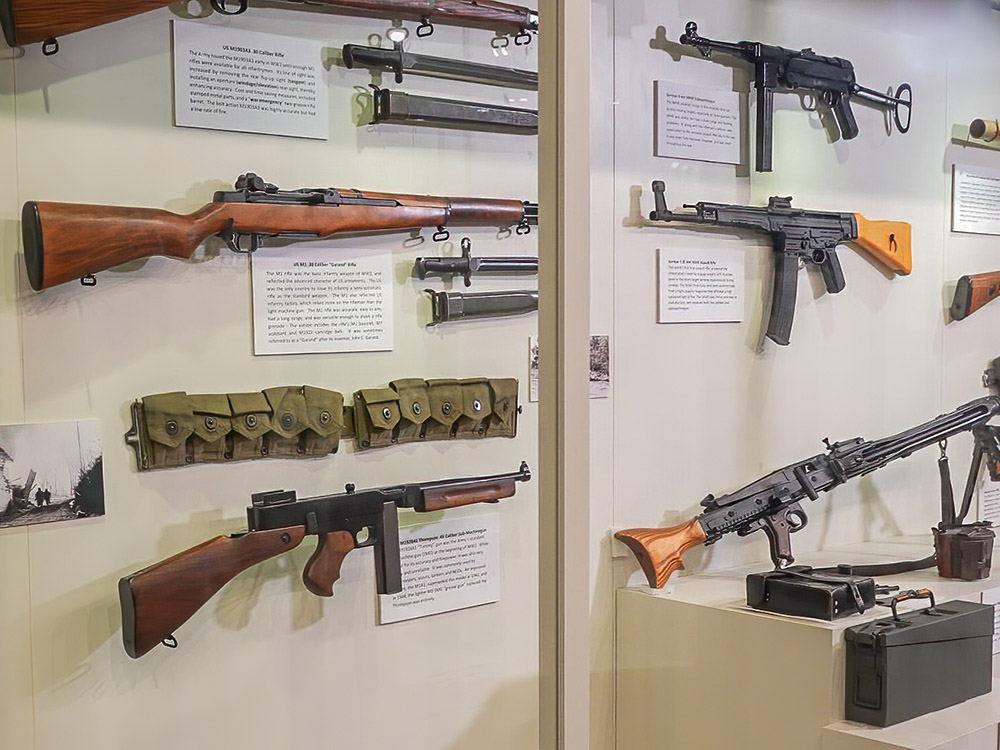
fort polk history – world war to war on terror
This Louisiana Army base saw an influx of troops training for fighting in Southeast Asia during the Korean conflict of the 1950’s, and again during the 1960-1970’s for the war in Vietnam.
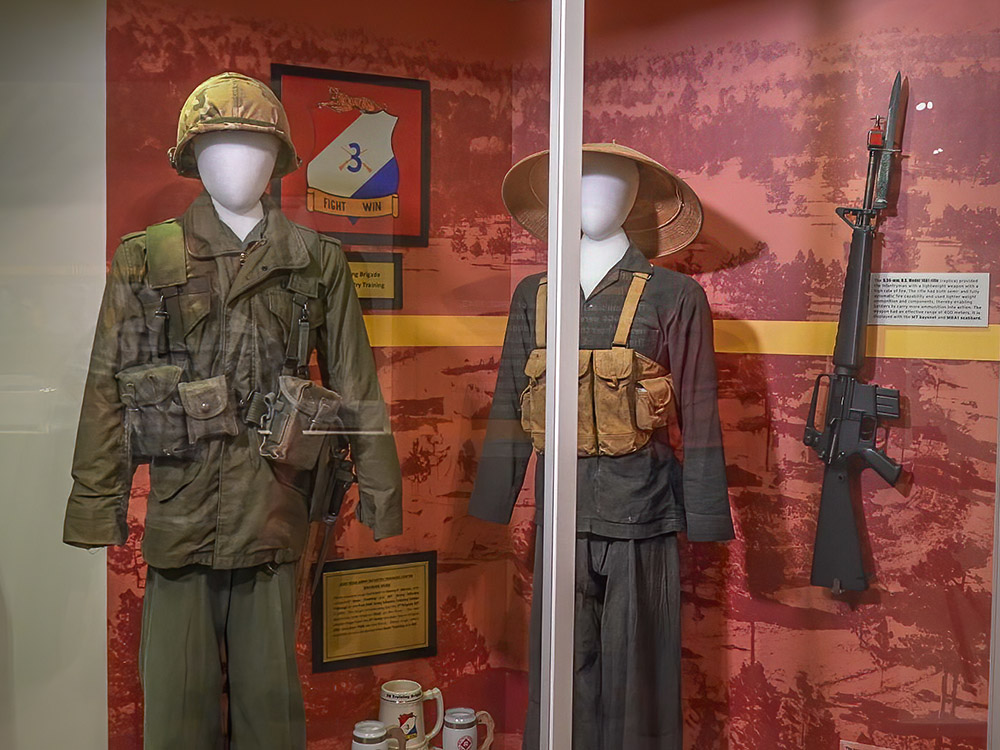
Today, Fort Polk is the Army’s Joint Readiness Training Center. Army units from across the country will rotate through the Louisiana base for training prior to deployment. The advanced training allows soldiers to prepare for situations they may face when dealing with insurgents and terrorists.
TRAINING FOR TODAY’S CONFLICTS at fort polk
rewriting its own story
Fort Polk is one of ten U.S. Military bases that will be getting a name change. The Louisiana base was named after Confederate General Leonidas Polk. Congress directed the Pentagon to “remove all names, symbols, displays, monuments, and paraphernalia that honor or commemorate the Confederate States of America”. That process could take up to three years to complete.
A visit to the museum
The military museum is located on the grounds of Fort Polk and is open Tuesday-Saturday from 9am-4pm. The museum is open to the public, but you will need to stop at the visitor center to get a pass before passing through the base’s security gate. The visitor center is located to the right of the main entrance.
Heart of louisiana tv feature on museum
Getting there
The Visitor Center is located in Building 5903 just outside the main gate. The base is near Leesville, Louisiana.
Fort Polk South, LA 71459

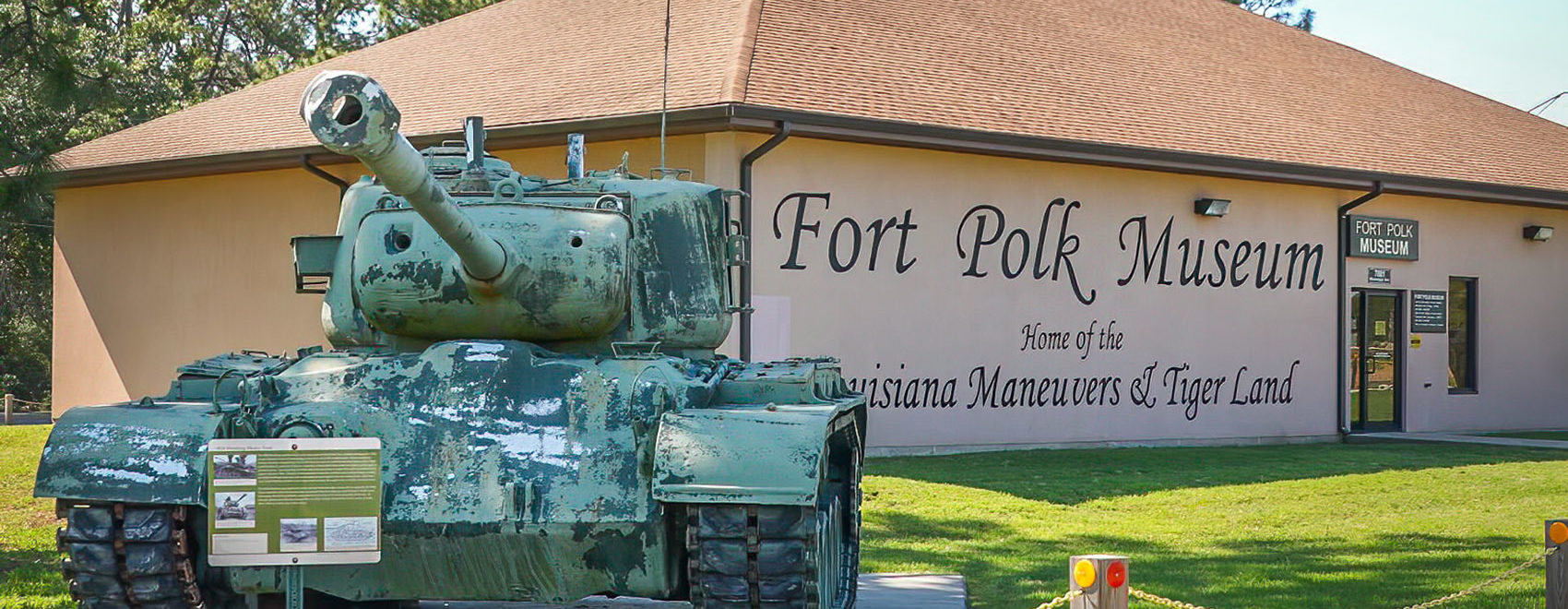

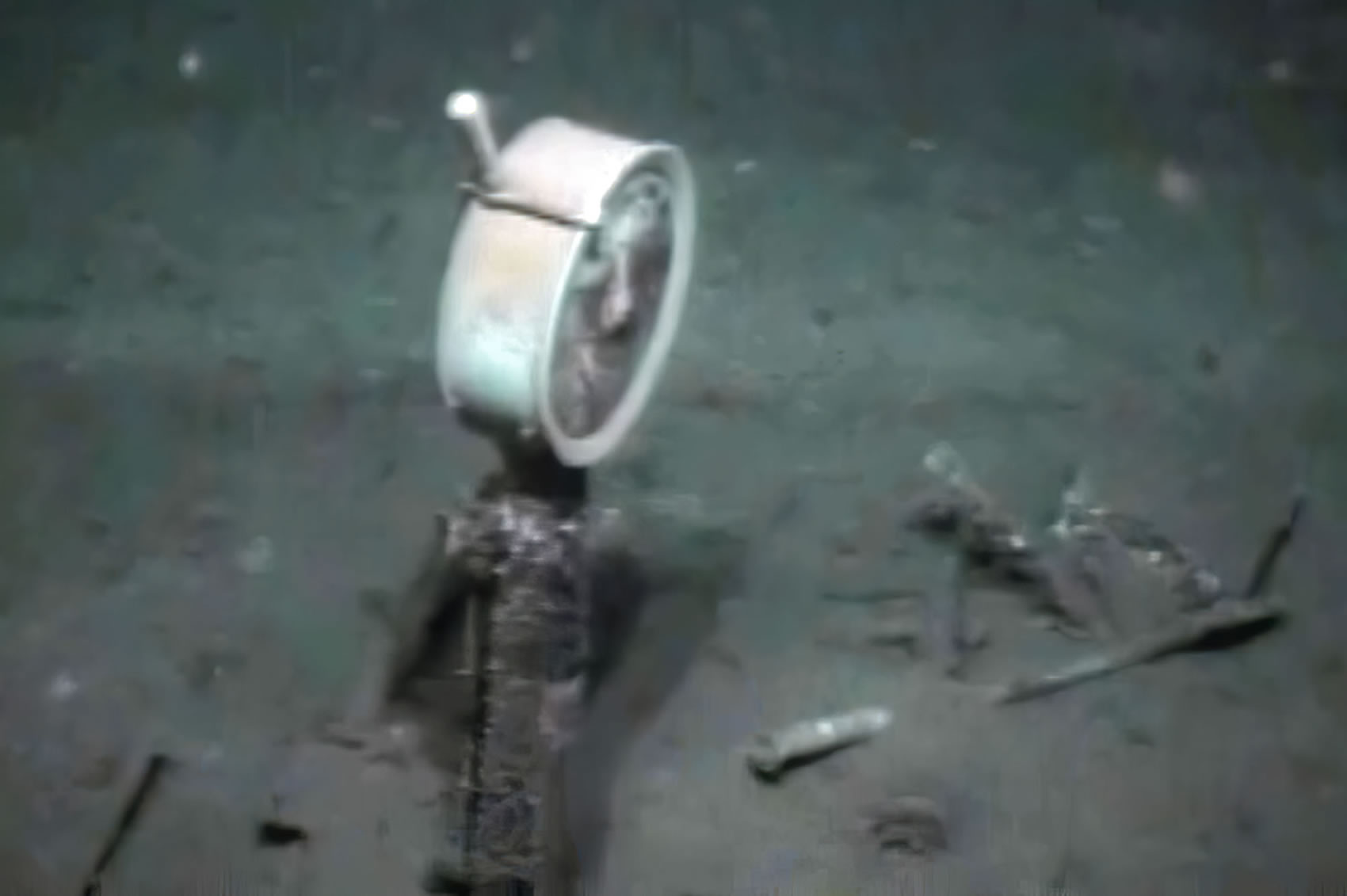
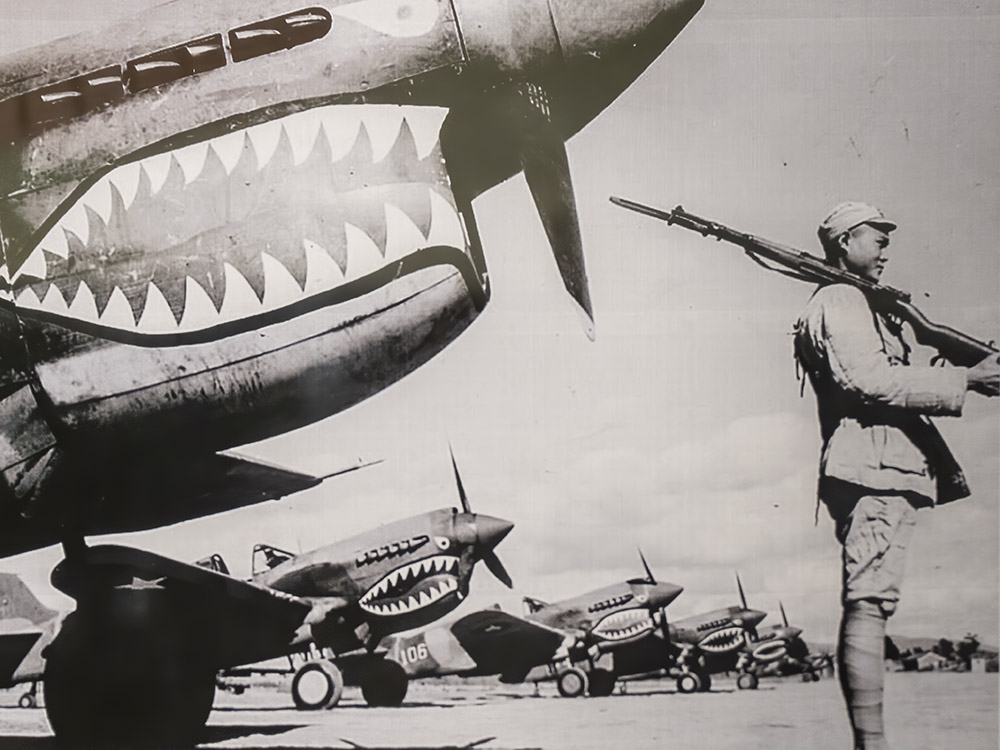
Kris Fontenot
The book “Spent Bullets” but Cut isles is about the red and blue army and the Dry Creek areaand all that all that country up there. It has fictional characters based on the events of those days when Eisenhower himself came to visit and the soldiers many of whom have returned there. Excellent read with maps and pictures
Kelli Duhe Pfeifer
I have something I may want to donate to you from when my dad was in army national guard training. Who do I contact?
Dave McNamara
I would suggest contacting the museum director, Richard Grant: richard.grant33.civ@mail.mil
scott cooper
I was there during the Vietnam War and thank God i was in shape. It was one of the WORST places in the world to Train,But it made a real man out of me . My Dad was a WW 2 glider pilot over Germany and i had to live up to his idea of what a man was to do for his country. Without my training there i would have never made it back . I believe that all americans need to spend at least 2 years there.
Our country would not be where we are today if we all spent more time with the best soldiers in the world . Great training great people, saved my life many times over the years . I am 73 and still grate full for the things i learned there .
Scott B Cooper